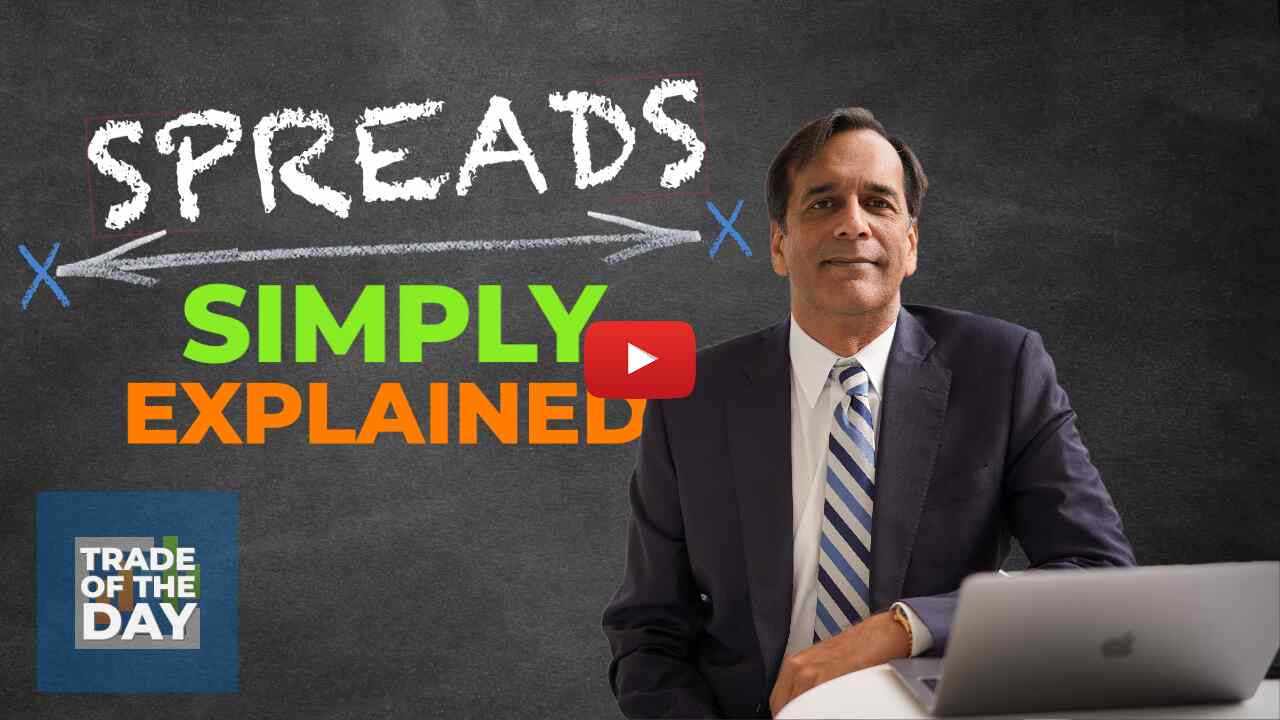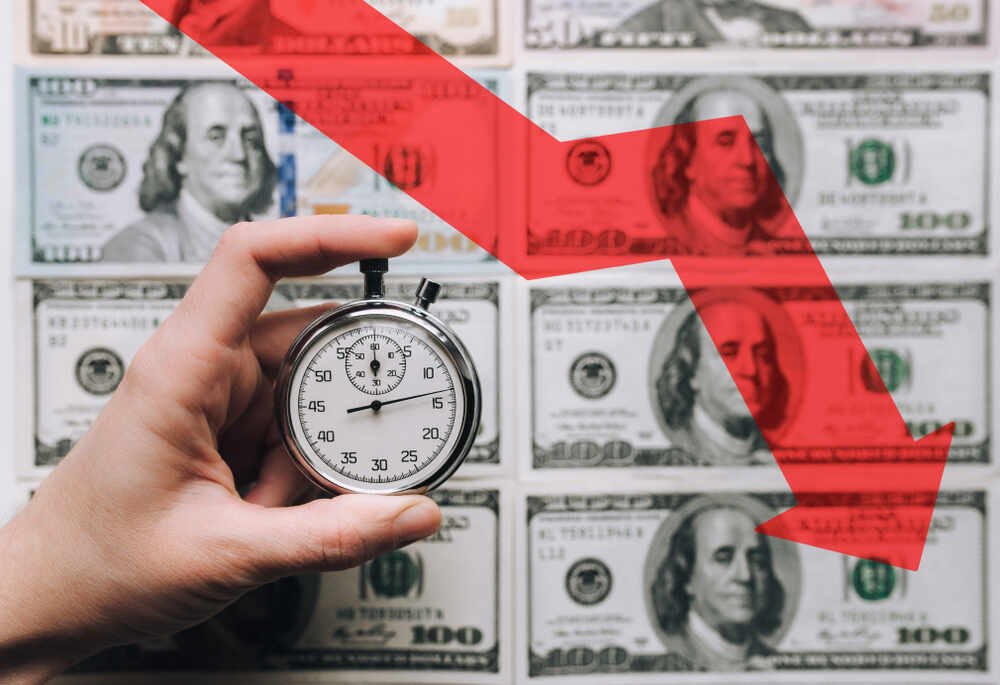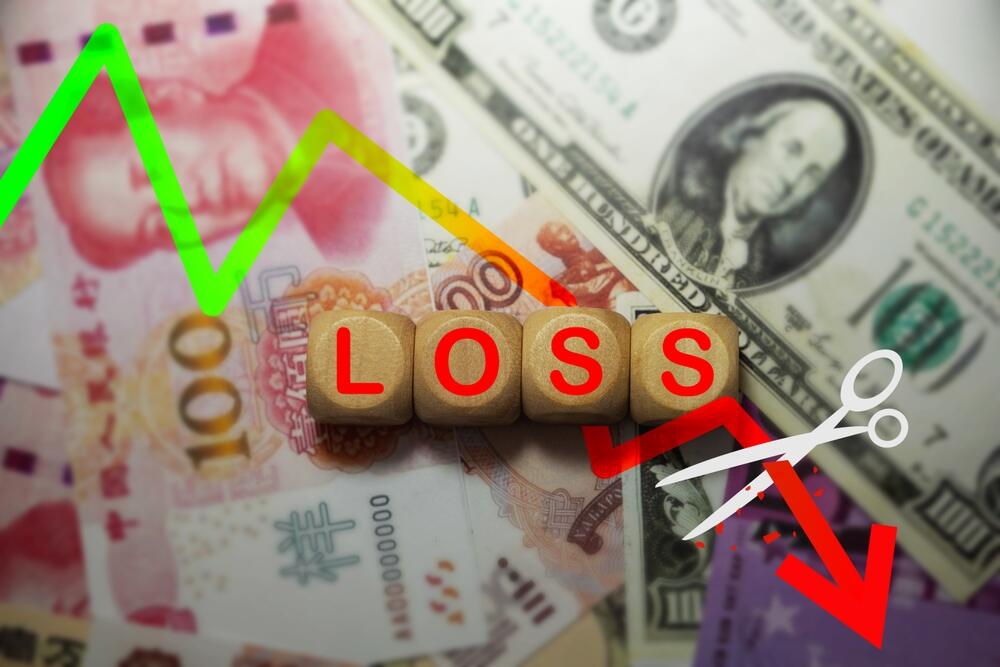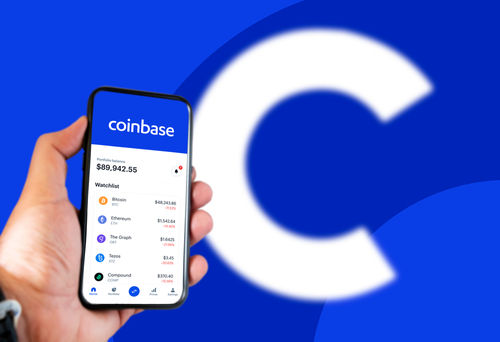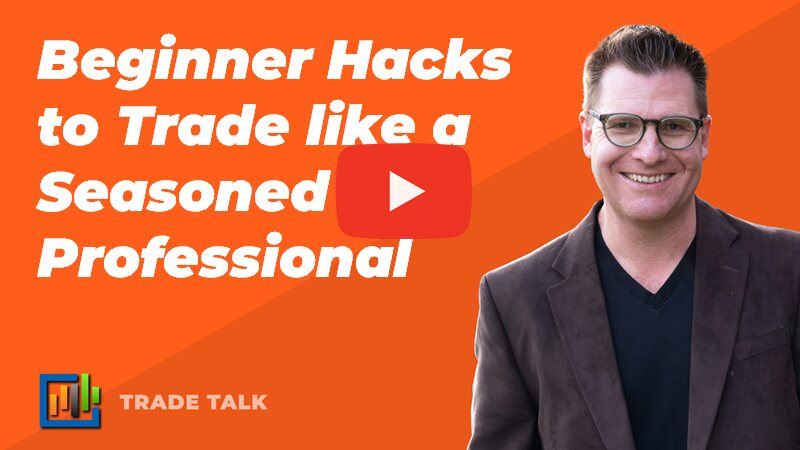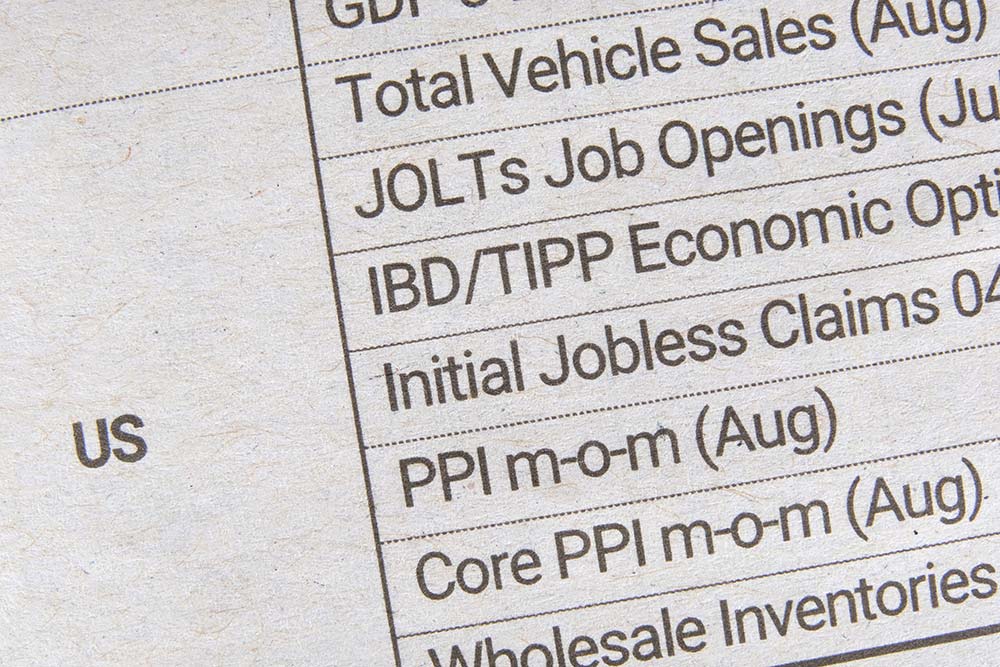How to Avoid Being Ripped Off in the Options Market
Editor’s Note: Today we’re going back in time with a Karim article, but the message is still as relevant as ever today.
– Ryan Fitzwater, Associate Publisher
Rip-offs are common everywhere, especially in retail. Try walking away from a car purchase feeling good. You thought you’d read up on everything – you knew the price, the dealer cost, the upgrades, all of it. Yet you still managed to spend more than planned.
The options market is not much different in terms of being ripped off. You’re almost always going to leave money on the table unless you know how the game is played.
When you buy a car, you can either use the tools that the dealer uses or those that the buyer uses.
The buyer likes to quote things like the Kelley Blue Book or Edmunds as sources for determining a fair price for the car they’re about to buy or the trade-in they’re looking to sell.
But the dealer knows better. He doesn’t deal in retail… He deals in wholesale. If he were pricing cars the way the retail markets were, he’d be broke. So he uses the Black Book, which values your car at substantially lower prices. And he’s also scanning daily auction results to see how much the cars that don’t sell on the lot will fetch at auction.
What does this have to do with options?
Well, you want to use the Black Book equivalent for options pricing… while everyone else is using the Blue Book.
Here’s how to do that…
Pull up a stock quote for any company. Then click on the tab for options, which is usually on the same page as the stock quote.
You will pull up what is known as an “options chain,” which shows all the puts, calls and pricing for that stock. Click on an option.
Tip: This exercise works best with a relatively well-known company that has some trading volume. You can figure out the trading volume by looking at the number in the “Open Interest” column. That reflects how many options contracts are still outstanding or owned (or shorted) by individuals or institutions.
Now look at the bid and offer price. If you want to sell an option, you will use the bid price as a guide or sell somewhere between the bid and offer. If you want to buy, you would use the offer price.
Now click on this link. You’ll see a bunch of columns. Each one asks you for an input number. It looks like this:
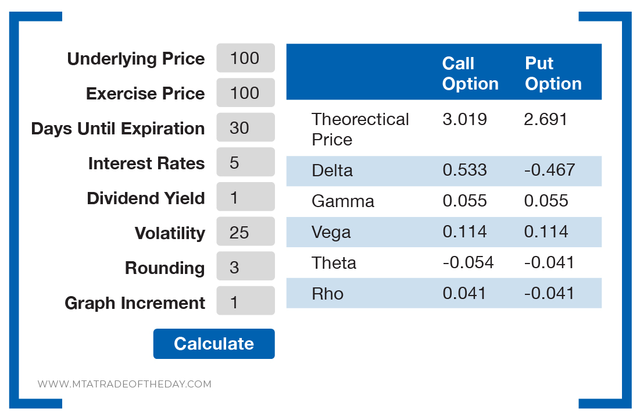
All the numbers are readily available from your stock or options quote.
Use “1” for the interest rate (risk-free rate of return) to reflect the 1% yield on 10-year Treasurys. The number for volatility is usually found under the heading “Volatility,” “Implied Volatility” or “Beta” in your quote.
And don’t worry about rounding or graph increments. Pop the numbers in and it will spit out what the put or call option is worth.
Compare that with the asking price and that’s where you’ll find out whether you’re getting the “dealer price” (the wholesale price) or the “customer price” (the retail price).
In any market, the winning investor increases their odds at every turn… which you just did. And now you are armed with information that even the majority of options traders don’t have.
Action Plan: Now you are armed with information that even the majority of options traders don’t know! In any market, the winning investor increases their odds at every turn. You now have a cannon in your arsenal of options tools!
For more insight on options trading and so much more, join us in The War Room today!
More from Trade of the Day
A Silver Lining From Last Week’s Underperformance
Apr 24, 2024
How One Conversation Led to $100,000
Apr 23, 2024
How I Picked the Market Bottom
Apr 23, 2024
Warning: Trade This Notable Sentiment Shift
Apr 22, 2024





